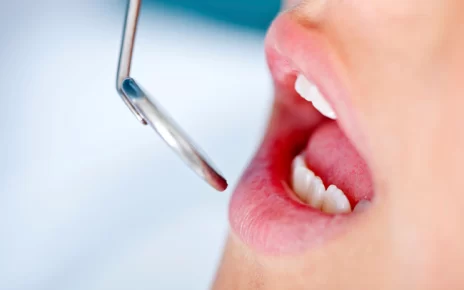A study was conducted to identify the causative factors and to assess the prevalence of dental attrition. An attrition index was developed to measure attrition and is readily comparable across dental practices. Individual teeth were scored based on their level of wear. The attrition index was useful in assessing the severity of attrition in dental practices. The study has several limitations. Further studies are needed to establish the relationship between the etiological factors and tooth wear in patients.
Physiological attrition is a process of gradual loss of tooth substance during “normal” mastication. Pathological attrition, on the other hand, is a localized loss of tooth substance, often due to abnormal function. In either case, early diagnosis and treatment is vital. Early treatment is essential to prevent tooth loss and unnecessary removal of tooth structure. However, there are a number of reasons why dental attrition occurs in patients.
Bruxism is one common cause of attrition. It is common for bruxism to wear down natural teeth. Moreover, it is proven that sleep disorders may cause more significant wear than other conditions. Even porcelain crowns may contribute to tooth attrition. A patient’s level of lubrication may also be an indicator of the severity of dental attrition. Consequently, the lower the lubrication, the greater the degree of tooth wear.
Among subjects, the prevalence of attrition was 100% in subjects of middle and older age groups. However, attrition scores were significantly higher in subjects of the old, middle, and younger age groups. In all age groups, the mean attrition scores were higher for males than for females. Wear and tear of teeth is the result of several factors, including age, diet, physical activity, and genetics. When all these factors combine, patients’ teeth may suffer wear and tear and require replacement.




